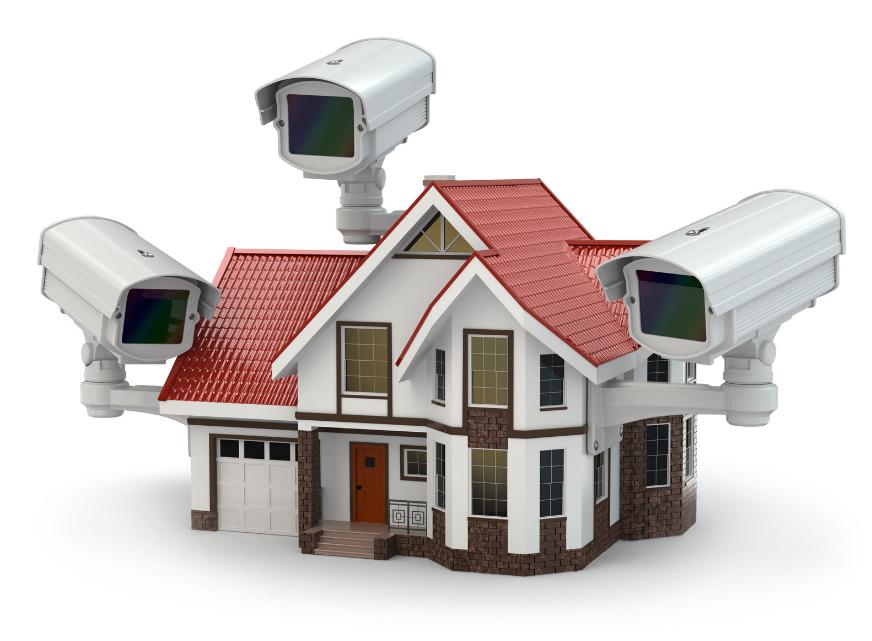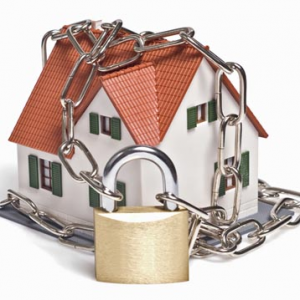Are you trying to budget out your money to know if you can afford to be a homeowner? It is something many of us do on a regular basis. While there are things that many of us already plan for and understand – including taxes, mortgages, electric bills, and trash collection, there are some hidden costs of homeownership that we don’t all know. There aren’t many classes that you can take to find this information, and it is all about things that your parents (or whomever you lived with growing up). [See Septic Tank Service ]
Here are some of the hidden costs of homeownership that you may have missed:
Septic Tank Service
If you have a septic system installed in your home, you may want to be aware of the costs related back to septic tank servicing. This is something that not everyone has, but people who do have a septic tank in their yards know that they need regular servicing. This means every few years, not once a decade. By getting regular septic tank cleaning and maintenance, you will avoid problems that can be quite disgusting. It will also ensure that your entire system works properly and functions when it needs to do so.
Flooring Costs
Flooring is something that many people do not think about, but it really means something. No matter what type of flooring you have – carpeting, wood, tile, linoleum, or something else – you will have to get some kind of maintenance at some point. It could be as simple as carpet cleaning or it could be as intensive as repairing and replacing the entire floor and subfloor.
Even if you don’t need to get something that will tear apart the entire floor, you will want to get some kind of maintenance to keep it looking great. This includes wooden floors, which can last up to 100 years or more if everything is taken care of properly.
Decks
If you have a deck on your property, you will need to get some repairs at some point. Most decks tend to last 20-25 years if they are taken care of properly (and aren’t subject to any strenuous conditions). If you don’t get regular maintenance here, you may run into problems and need the entire deck completely reconditioned.
The best thing that you can do is keep the deck in good condition – if something happens, or a board pops up, you want to get it fixed as soon as possible.
Property Taxes
Property taxes are something that many people plan for, but they don’t always plan properly. The truth is that property taxes continue to change based on the area you live in, your home, or even just your property. There is information out there for you to peruse (and you can always compare to other homes in your area if you have a new home). This is one thing that is a major cost for most people, but there are options to make it easier to budget.
Yard Maintenance
If there are trees on your property, gutters on your house, or general landscaping, you probably need to consider yard maintenance. Trees will need to be taken care of, grass needs to be cut, and gutters need to be cleaned. You will want to think about what the hardscaping means for your property, power washing for your fencing, and regular gardening and weeding. This all takes time and effort, so they may not be items that you can keep up with by yourself if you work a full-time job.
Remember that some things are going to pop up when you are a homeowner – things you can prepare for and things that you cannot prepare for in advance. Owning a home is a truly great thing and the start of a great adventure – but like any adventure, there will be some missteps and stumbles.



 Clear away overgrown shrubbery from the front of your house. Don’t give potential burglars anything that they can use to conceal their activities.
Clear away overgrown shrubbery from the front of your house. Don’t give potential burglars anything that they can use to conceal their activities.